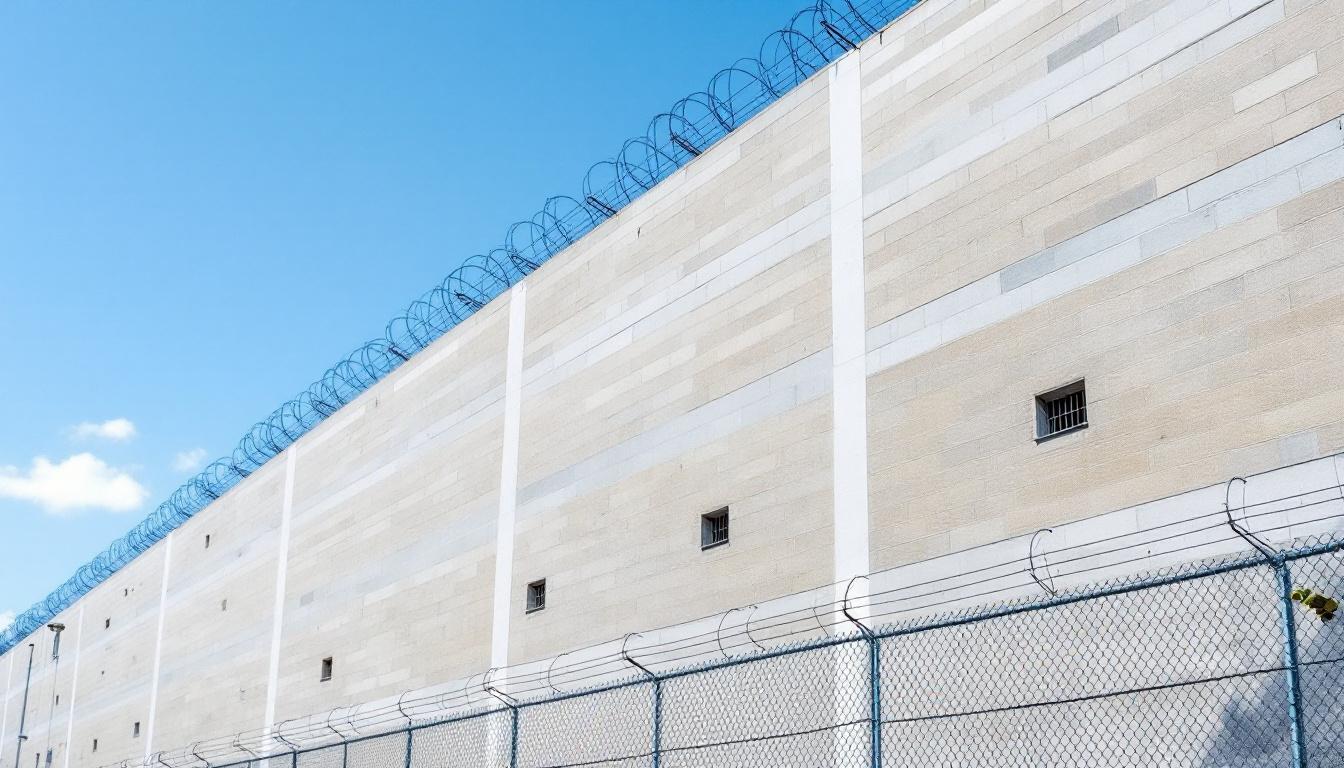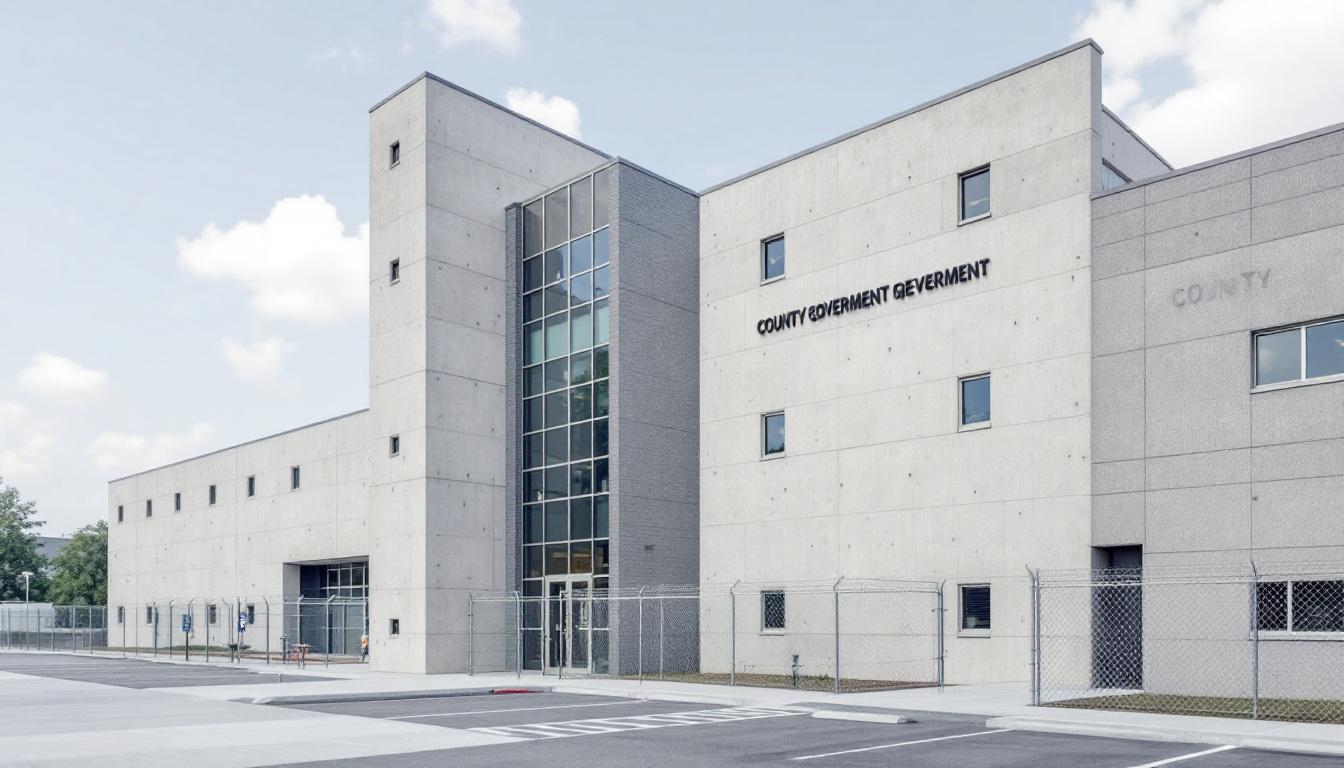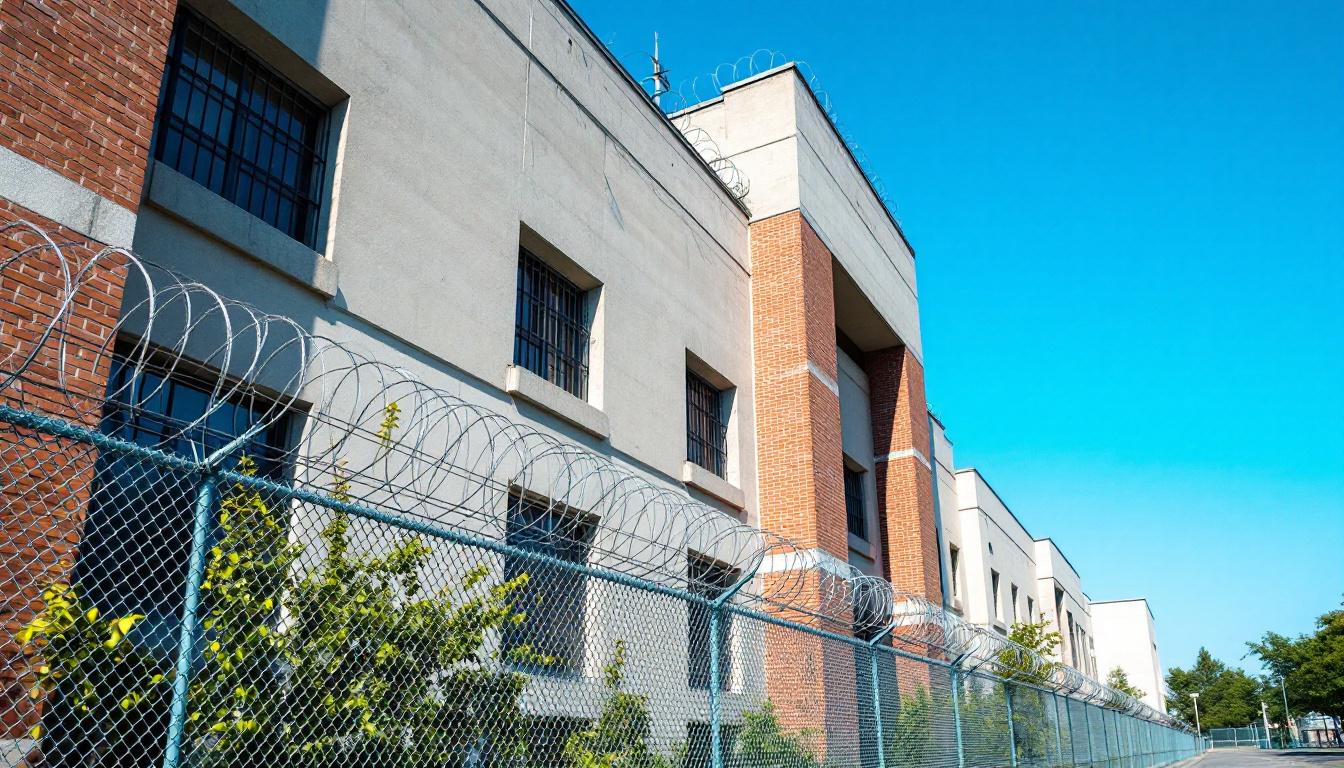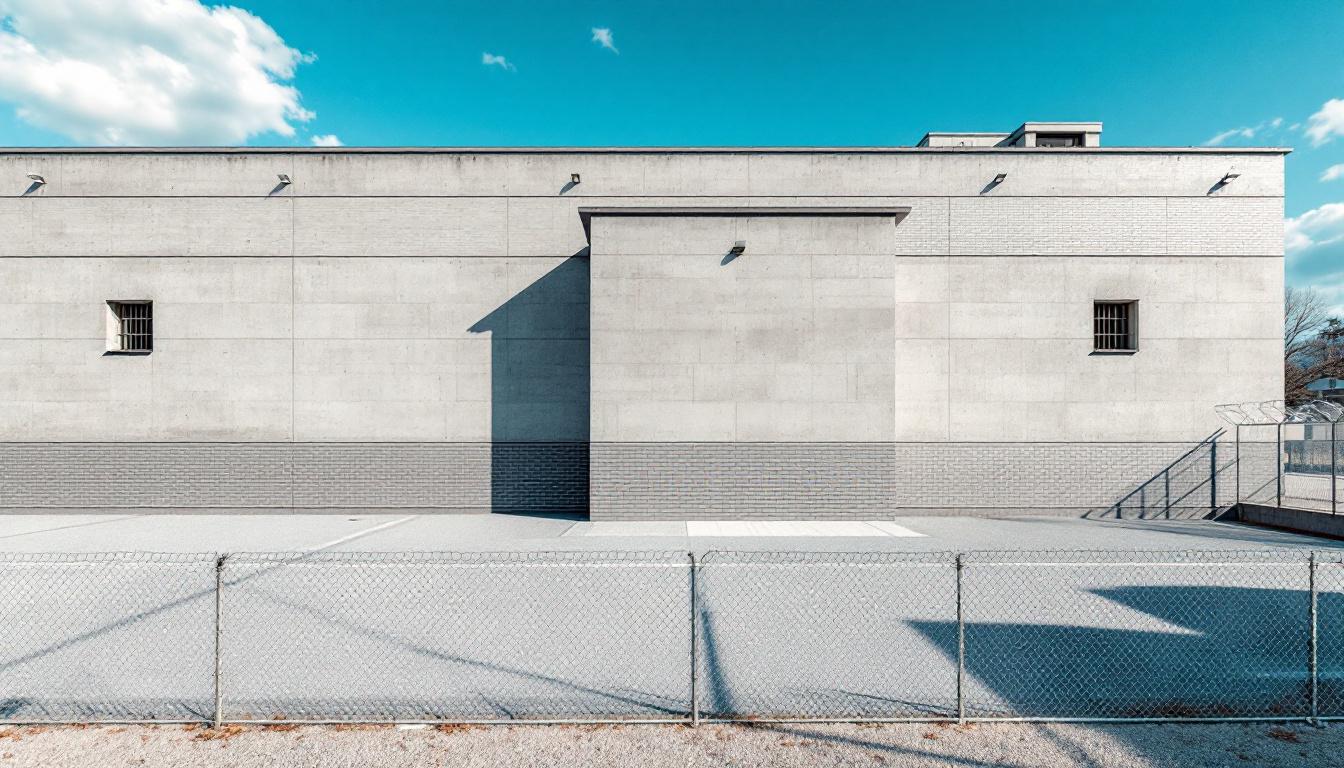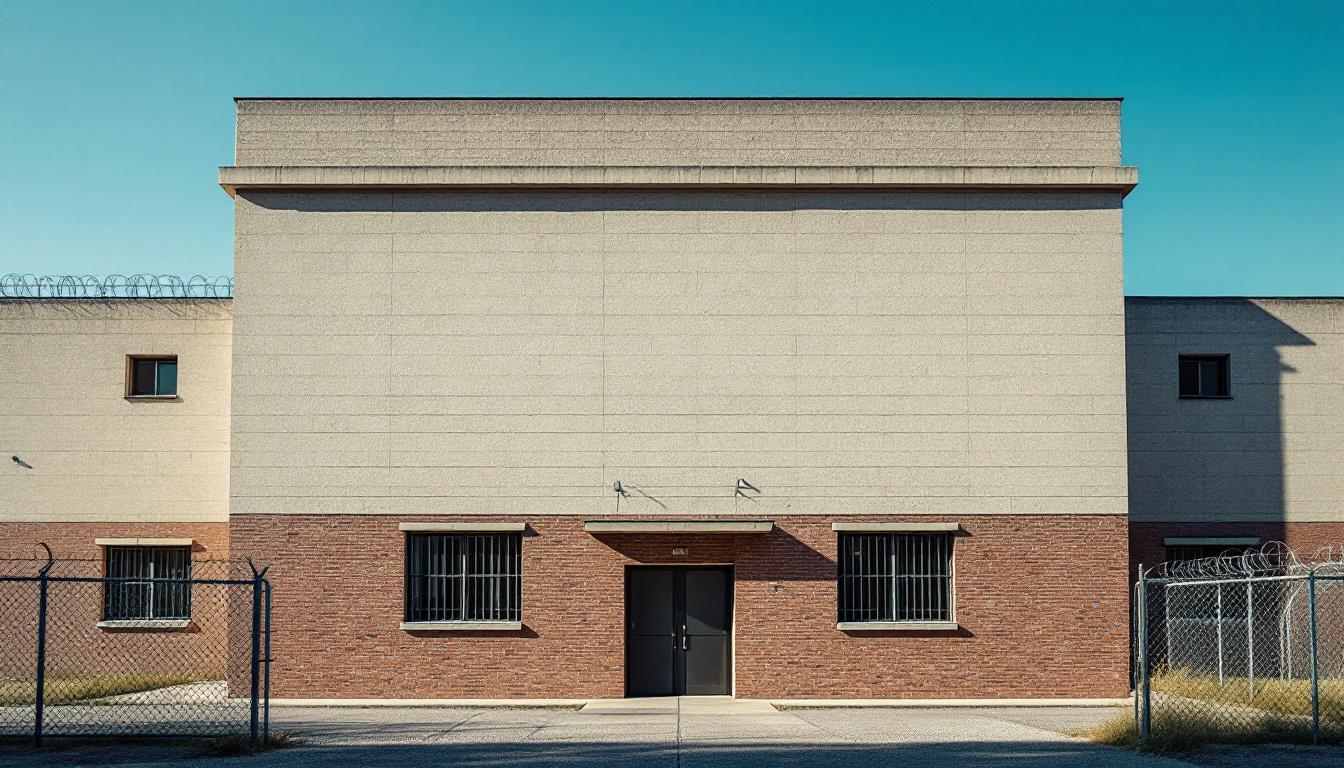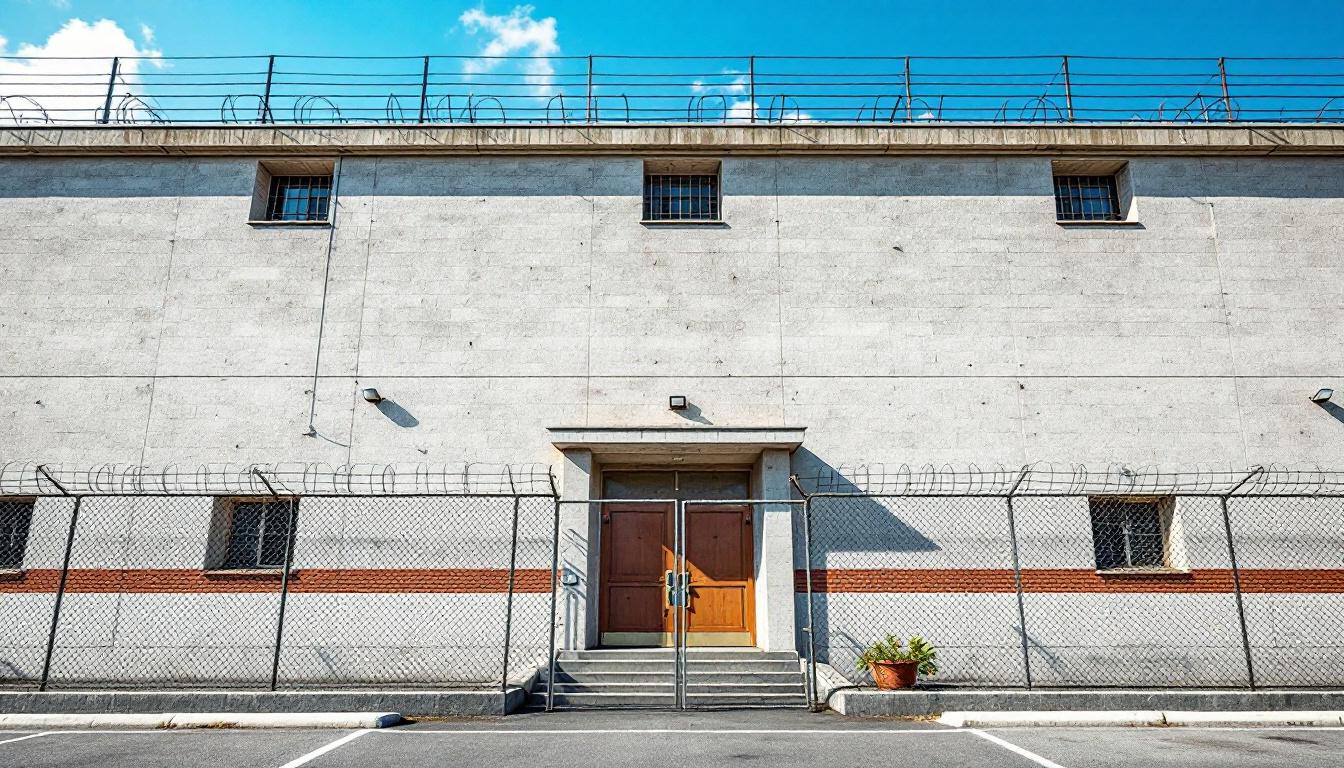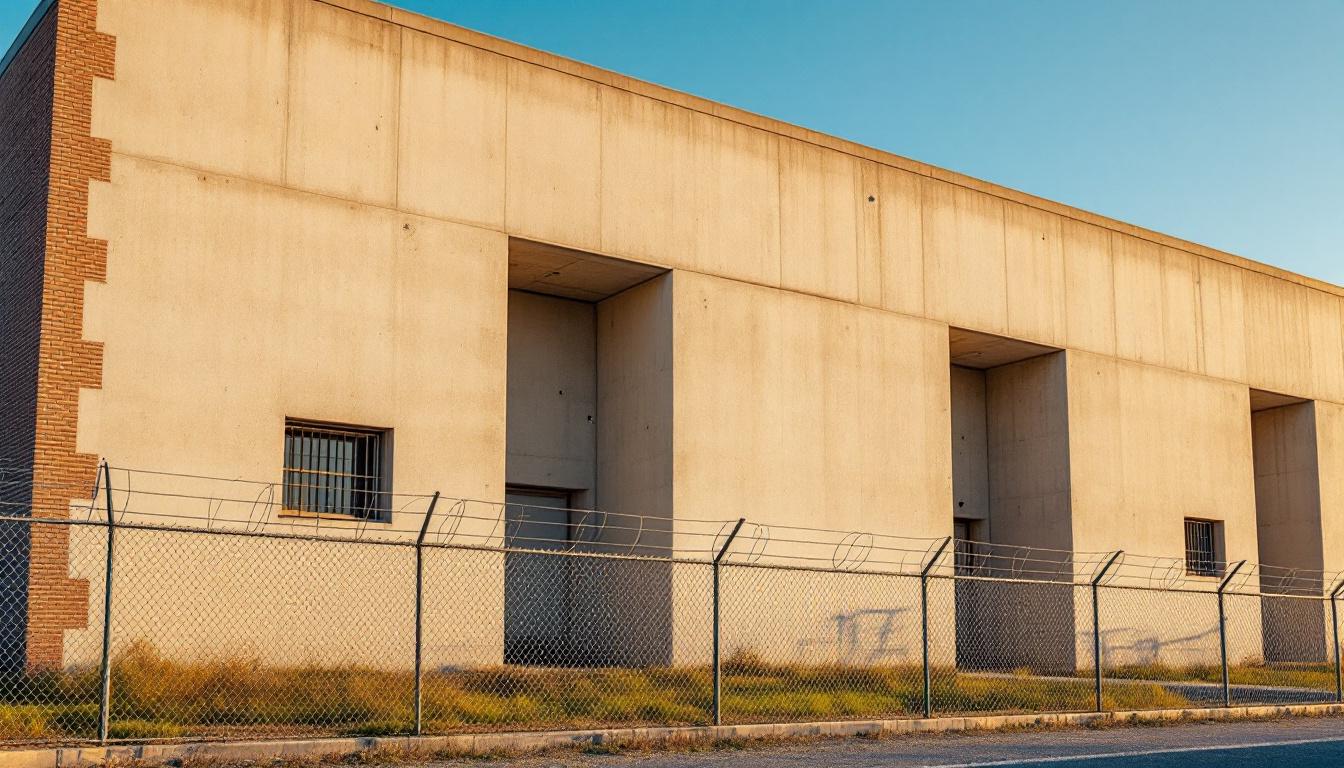
Quick Navigation
How to contact an inmate at Stringfellow Unit
This comprehensive guide will walk you through how to connect with an inmate at Stringfellow Unit. Follow the steps below to find an inmate and send letters and photos:
- Search for the inmate using our search tool below
- Create your account or log in to Penmate
- Write your message (up to 6,000 characters)
- Send instantly - inmates receive printed copies daily
Find an Inmate
Search for an inmate to start communicating today
Tip: You can search by first name, last name, or inmate ID number
To contact a person at Stringfellow Unit start by searching for the person on the official facility website. Perform a search by following these steps:
- Step 1: Enter their first name and last name into the search form and click "Search"
- Step 2: Locate their inmate record
- Step 3: Write down their Inmate ID and any housing information provided
Important! Be sure to enter the person's full name. Nicknames should not be used.
How to Send Messages to Inmates

You can use your phone or computer to send emails, letters, and photos to an inmate. Messages are sent electronically to inmate tablets or kiosks at the facility. If you would like to send a message, start by searching for an inmate at Stringfellow Unit.
Sending Photos and Postcards

A great way to send love and support to a loved one at Stringfellow Unit is to send photos and postcards. It only takes a few minutes to send photos from your phone and it makes a huge difference. You can also mail postcards with words of support and inspiration, or design your own postcard for special moments like birthdays and holidays.
Important! Be sure not to send any explicit photos or they may not be approved by the facility. You can also use a photo printing app like Penmate to make sure your photos are printed at the correct size (4x6 or 3x5) and are mailed according to the rules and regulations of Stringfellow Unit.
Frequently asked questions about Stringfellow Unit
-
How long does it take to deliver a message?
If you're sending an email message your letter is usually delivered within 24-48 hours. For messages sent via mail you should expect delivery within 3-7 days. All messages will need be approved by Stringfellow Unit.
-
How much does it cost to send a message to Stringfellow Unit?
You can send a message free using your phone or mail a message via USPS for the price of a $0.60 stamp and envelope. You can also purchase credits or e-stamps from services starting at $1.99.
-
What services can I use to contact an inmate at Stringfellow Unit?
Penmate
You can use Penmate to send letters and photos to an inmate from your phone. It's an easy way to stay in touch during your loved one's incarceration. Use the inmate locator to find an inmate's location and contact information, then you can send messages within a few minutes.
Securus messaging
Securus may be another option for communicating with an inmate at Stringfellow Unit. You can create a friends and family account and purchase credits to send messages. All messages will be reviewed and must be approved by the facility.
JPay
Some county jails and state prisons may support sending messages with JPay. You must register an account with the system, find your loved one, and purchase stamps to send messages. For some locations you can also attach photos.
Smart Jail Mail
You may also check if Smart Jail Mail is available at Stringfellow Unit. Smart Jail Mail is operated by Smart Communications and has contracted with some state and county jails. After purchasing credits, your messages and photos are sent to the facility, printed out, and then handed out to your loved one.
-
What is the mailing address of Stringfellow Unit?
Mailing address:
Stringfellow Unit
1200 FM 655
Rosharon, TX 77583
Phone: (281) 595-3413Business hours:
- Monday: Open 24 hours
- Tuesday: Open 24 hours
- Wednesday: Open 24 hours
- Thursday: Open 24 hours
- Friday: Open 24 hours
- Saturday: Open 24 hours
- Sunday: Open 24 hours
-
What are the visiting hours at Stringfellow Unit?
Visiting hours at Stringfellow Unit vary by housing unit and security level. Generally, visits are scheduled on weekends and holidays, with some facilities offering weekday visits. Contact the facility directly at (281) 595-3413 or check their website for the current visiting schedule. Visits typically last 30-60 minutes and must be scheduled in advance.
-
What items are prohibited when sending mail to Stringfellow Unit?
Prohibited items typically include: cash, personal checks, stamps, stickers, glitter, glue, tape, staples, paperclips, polaroid photos, musical or blank greeting cards, hardcover books, magazines with staples, and any items containing metal or electronics. Only send letters on plain white paper with blue or black ink. Photos must be printed on regular photo paper (no Polaroids). Always check with Stringfellow Unit for their specific mail policies.
-
How do I send money to an inmate at Stringfellow Unit?
You can send money to an inmate at Stringfellow Unit through several methods: 1) Online using JPay, Access Corrections, or the facility's approved vendor, 2) Money orders mailed directly to the facility with the inmate's name and ID number, 3) Kiosks located in the facility lobby, or 4) Over the phone using a credit or debit card. Fees vary by method, typically ranging from $2.95 to $11.95 per transaction.
-
Can I schedule a video visit with an inmate at Stringfellow Unit?
Many facilities now offer video visitation as an alternative to in-person visits. At Stringfellow Unit, video visits may be available through services like Penmate, Securus Video Connect, GTL, or ICSolutions. Video visits typically cost $10-20 for 20-30 minutes and must be scheduled in advance. You'll need a computer or smartphone with a camera and reliable internet connection. Contact the facility for their specific video visitation policies and approved vendors.
-
What identification do I need to visit an inmate at Stringfellow Unit?
All visitors must present valid government-issued photo identification such as a driver's license, state ID, passport, or military ID. Minors must be accompanied by a parent or legal guardian who can provide the minor's birth certificate. Some facilities require visitors to be on the inmate's approved visitation list, which may require a background check. Contact Stringfellow Unit for specific ID requirements and visitor approval procedures.
-
How can I find out an inmate's release date?
To find an inmate's release date at Stringfellow Unit, you can: 1) Use the online inmate search tool if available, 2) Call the facility's records department, 3) Contact the inmate's case manager or counselor, or 4) Have the inmate provide this information during a call or visit. For privacy reasons, some facilities only release this information to immediate family members.
Facility Overview
Official Website
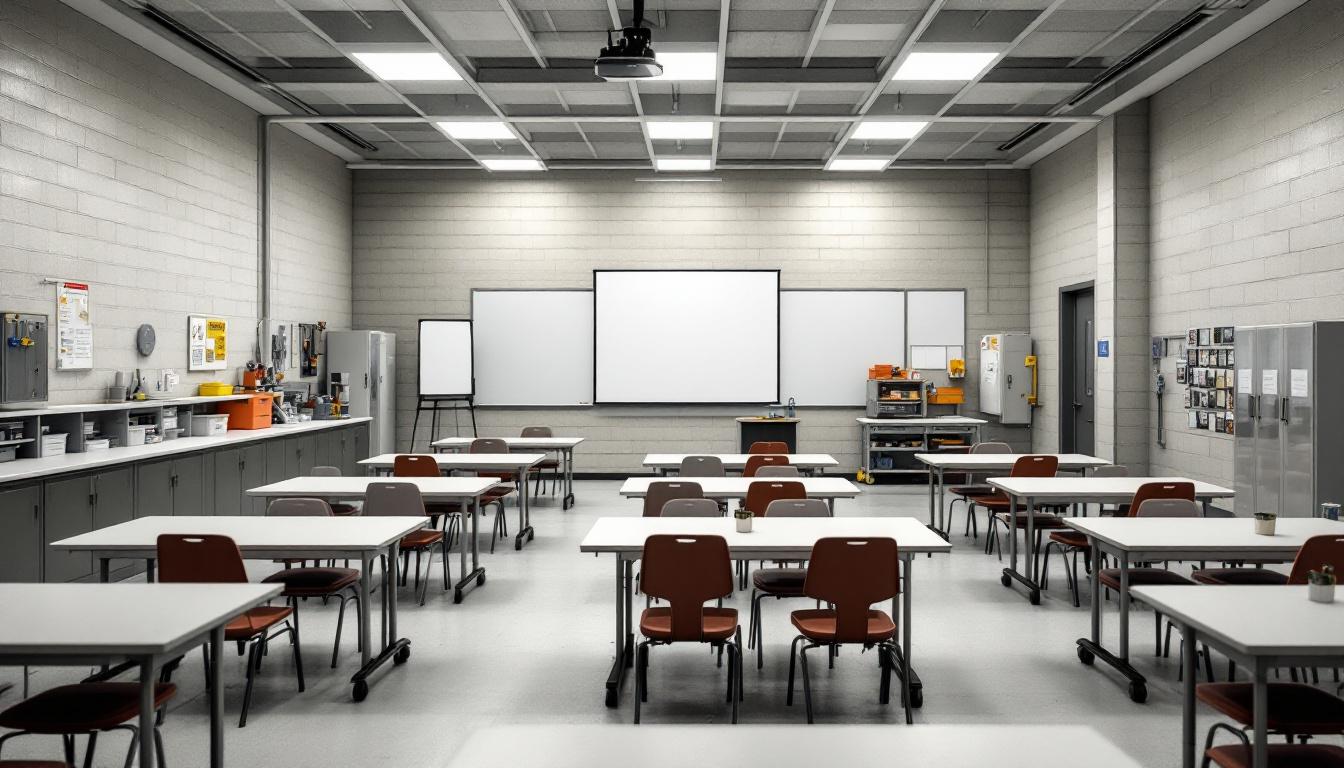
About Stringfellow Unit
Comprehensive educational programs, vocational training opportunities, and mental health services form the foundation of daily operations at Mac Stringfellow Unit, TX, where the balance between maintaining security and fostering personal development guides every aspect of facility management. Located in Rosharon, this Texas correctional facility typically offers individuals access to substance abuse counseling, job skills development, and educational advancement programs designed to support successful community reintegration.
Within the broader landscape of Texas corrections, Mac Stringfellow Unit generally serves as a medium-security facility that emphasizes structured programming alongside necessary security protocols. The Rosharon location provides access to various support services while maintaining the controlled environment essential for both public safety and individual accountability. Families often find that the facility's approach to rehabilitation includes opportunities for individuals to participate in work assignments, educational classes, and counseling sessions that may help address underlying issues contributing to criminal behavior.
The facility's commitment to balancing security with meaningful programming reflects broader trends in modern corrections, where the goal extends beyond containment to include preparation for eventual community return. Through partnerships with educational providers and community organizations, Mac Stringfellow Unit typically works to ensure that individuals have access to resources that may support positive life changes, while maintaining the safety and security standards required of a state correctional institution.
Programs & Services
A comprehensive array of development opportunities creates pathways for personal growth and successful community reintegration at Mac Stringfellow Unit. The facility's approach emphasizes skill-building across multiple domains, recognizing that meaningful change often requires addressing educational, vocational, and personal development needs simultaneously. This multifaceted programming model typically provides individuals with various avenues to build competencies and prepare for their eventual return to society.
Educational and vocational training opportunities form a cornerstone of the facility's comprehensive offerings. Academic programming may include literacy development, GED preparation, and basic education courses designed to strengthen foundational skills. Furthermore, vocational training opportunities often provide hands-on experience in trades and technical fields, allowing individuals to develop marketable skills while incarcerated. These programs typically combine classroom instruction with practical application, helping participants build both knowledge and confidence in their chosen areas of study.
Support services and specialized programming address the broader needs of the incarcerated population through targeted interventions. Work programs may offer structured employment within the facility, providing individuals with routine and responsibility while developing workplace skills. Faith-based initiatives often provide spiritual guidance and community support for those seeking this form of personal development. Additionally, family reunification services typically focus on strengthening relationships and communication skills, while employment readiness programming may include job search techniques, interview preparation, and workplace behavior training to enhance post-release success prospects.
Daily Life & Visitation
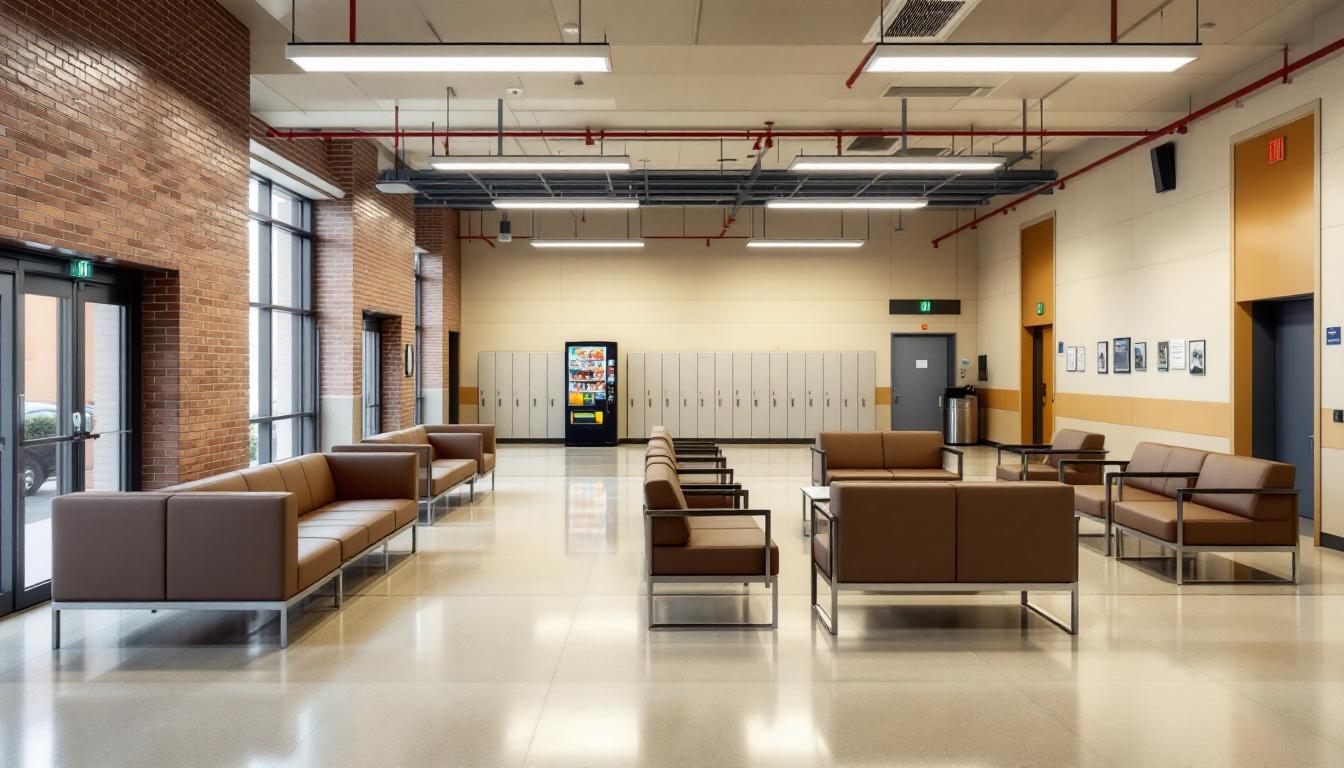
The sound of morning announcements echoes through housing units, signaling the start of another structured day for individuals at the Mac Stringfellow Unit. Today typically begins with wake-up calls, followed by personal hygiene routines and preparation for the day ahead. Individuals generally move through their daily schedules consistently, with count times occurring at regular intervals throughout the day to ensure accountability and security. The facility operates on a structured timeline that includes designated periods for meals, work assignments, programming, and recreation.
Living accommodations at the facility typically feature dormitory-style housing units where individuals share common areas and sleeping quarters. Each person usually has access to basic personal storage space for approved belongings and commissary items. Furthermore, the housing units often include day rooms where individuals may gather during designated free time periods. Although personal space may be limited, the facility generally maintains standards for cleanliness and basic comfort within the living areas.
Work assignments offer structure and purpose to daily routines, with individuals typically participating in various facility operations such as kitchen duties, maintenance tasks, or laundry services. The facility may provide educational and vocational programming opportunities that individuals can pursue during scheduled program hours. Although security protocols govern most activities, visitation periods usually allow for family connections through scheduled visits and approved communication methods such as phone calls and correspondence. Recreation time often includes access to outdoor areas, television viewing, and library services, helping individuals maintain physical and mental well-being throughout their time at the facility.
Ready to Connect?
Start communicating with your loved one today
Search for an Inmate
